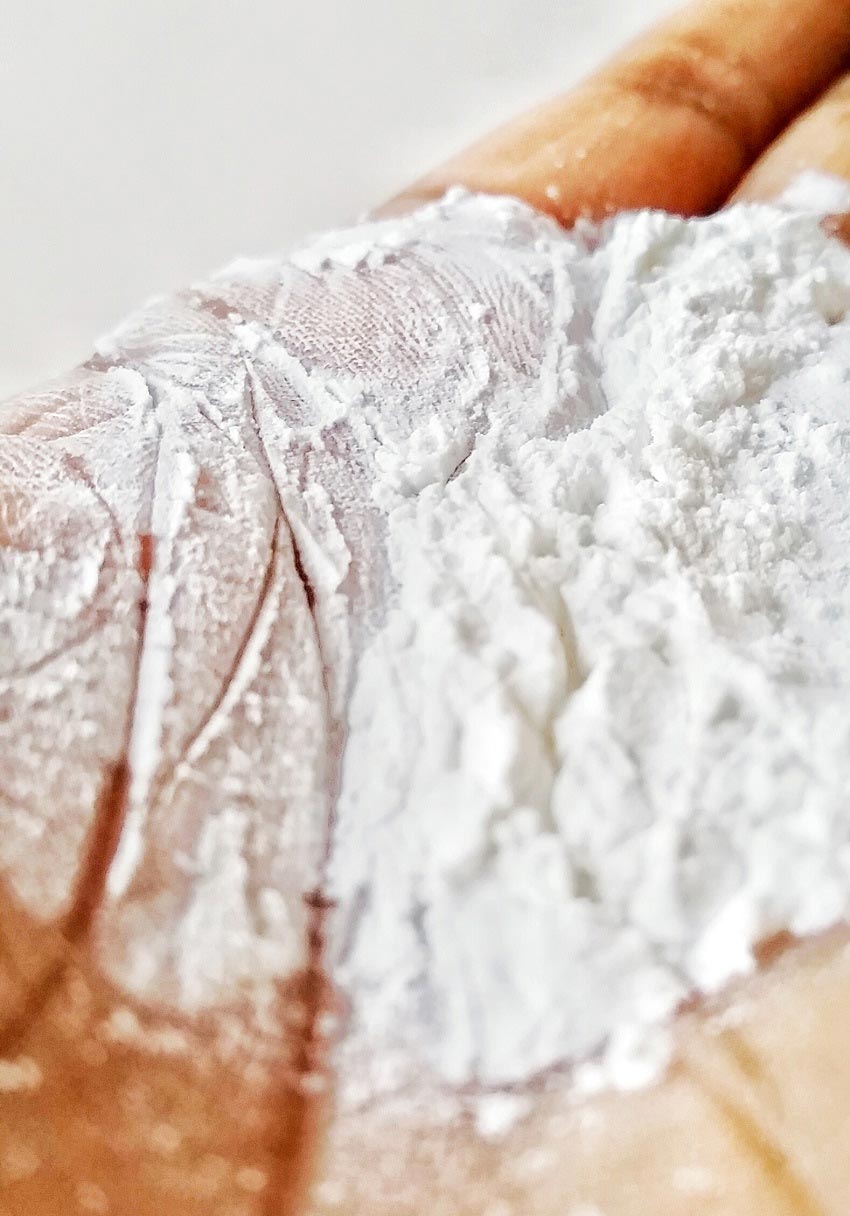ALCOHOLISM
I remember going to an event in Trinidad a couple of years ago with children playing steel pan and they had a large cooler full of drinks. There were Chubbies, Solo, and various other drinks that children enjoy, along with the alcoholic beverage, Shandy. I asked why this was available to children, and they looked at me as if I was crazy to even ask. Never have I felt so American.

Photo by Eva Wilson.
When I was younger, I knew that it was there, but I wouldn’t dare touch it. The Shandy looked no different than the other drinks and came in bright colors that appealed to children. It reminded me of wine coolers in the 90’s that seemed to appeal to a crowd that was years below the drinking age. Now that I’m a mom, I think I am more sensitive to it, but it could be that growing up, the idea of a drink that tasted like beer and kool aid wasn’t that appealing. It seemed like everyone except me was drinking it.
In a study on alcoholism among Indo and Afro-Caribbean populations in Trinidad and Tobago, the researchers found that some of our most popular cultural traditions that extend into many Caribbean nations may contribute to alcohol dependence.
One popular pastime called “liming” consists of the act of congregating and socializing with friends, usually in public places, and taking turns paying for a “round of drinks.” Liming traditionally begins on a Friday night and continues throughout the weekend. Carnival and pre-Carnival represent a time of the year when heavy alcohol consumption is socially sanctioned. Alcohol is also present in many other social activities, including christenings, weddings, social parties, celebrations of birth, and funerals.[xvii]

The study also found that some contributing factors to alcoholism were the low price availability of alcohol, traditions such as making brandy part of the layette to calm infants and help with teething, and use of rum to treat stomach ailments in young children.[xviii] Alcohol is part of daily life of Caribbean people starting from birth and carrying into old age.
Read also: Alcoholic Beverages as Part of the Layette
The study explored many other cultural and societal factors that could contribute to alcohol abuse in order to find culturally sensitive means to combat the problem. One of the issues that the study found was that there was not as close of a link to violence and alcoholism in the Caribbean, which may lead Caribbean people to believe that it isn’t that much of a problem, or that the effects of alcoholism on the family unit and society are cultural rather than a byproduct of alcoholism.[xix]
Alcohol abuse has deadly effects on the body. The liver is responsible for breaking down alcohol and can be irreparably damaged in people who drink large amounts over a long period of time. Alcohol abuse can lead to the development of deadly liver inflammation and cirrhosis of the liver. Alcohol affects the parts of the brain that control judgment, movement, walking, speech, and memory, causing permanent damage. Heavy, long term drinking can also cause heart disease and high blood pressure, both of which, if untreated, can lead to death.[xx]
There is good news on the blood pressure front. If there is not too much damage to the heart, after a few months of quitting, the blood pressure, absent other factors, has been known to return to normal.[xxi]




